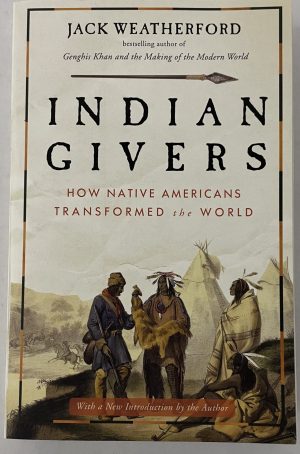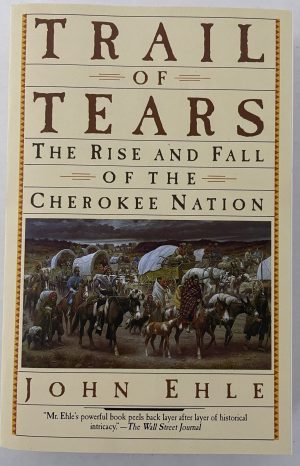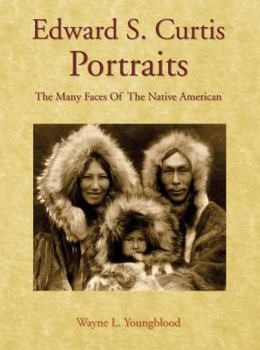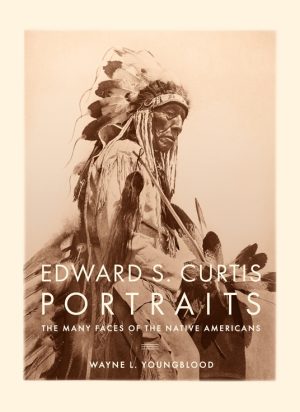Description
The Plains Indian Wars were always front-page news in frontier newspapers, and it was to such local newspapers that the public invariably turned for information about the fighting. The vivid, colorful accounts there captivated the nation—and in hindsight reveal much about the attitudes and prejudices of the public and the press.
Bound to Have Blood takes readers back to the late nineteenth century to show how newspaper reporting influenced attitudes about the conflict between the United States and Native Americans. Emphasizing primary sources and eyewitness accounts, Bound to Have Blood focuses on eight watershed events between 1862 and 1891: the Great Sioux Uprising in Minnesota, the Sand Creek massacre, the Fort Laramie Treaty of 1868, the Battle of the Little Big Horn, the flight of the Nez Perce, the Cheyenne outbreak, the trial of Standing Bear, and the massacre at Wounded Knee in 1890 and its aftermath. Each chapter examines an individual event, analyzing the balance and accuracy of the newspaper coverage and how the reporting of the time reinforced stereotypes about Native Americans.
![[...]<p><a class="btn btn-secondary understrap-read-more-link" href="https://driftstonepueblo.net/product/book-bound-to-have-blood/">Read More...<span class="screen-reader-text"> from BOOK- BOUND TO HAVE BLOOD</span></a></p> BOUND](https://driftstonepueblo.net/wp-content/uploads/2024/06/BOUND.avif)
![[...]<p><a class="btn btn-secondary understrap-read-more-link" href="https://driftstonepueblo.net/product/book-bound-to-have-blood/">Read More...<span class="screen-reader-text"> from BOOK- BOUND TO HAVE BLOOD</span></a></p> bound blood](https://driftstonepueblo.net/wp-content/uploads/2024/06/bound-blood.jpg)



